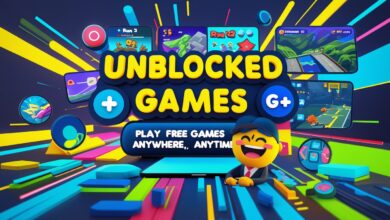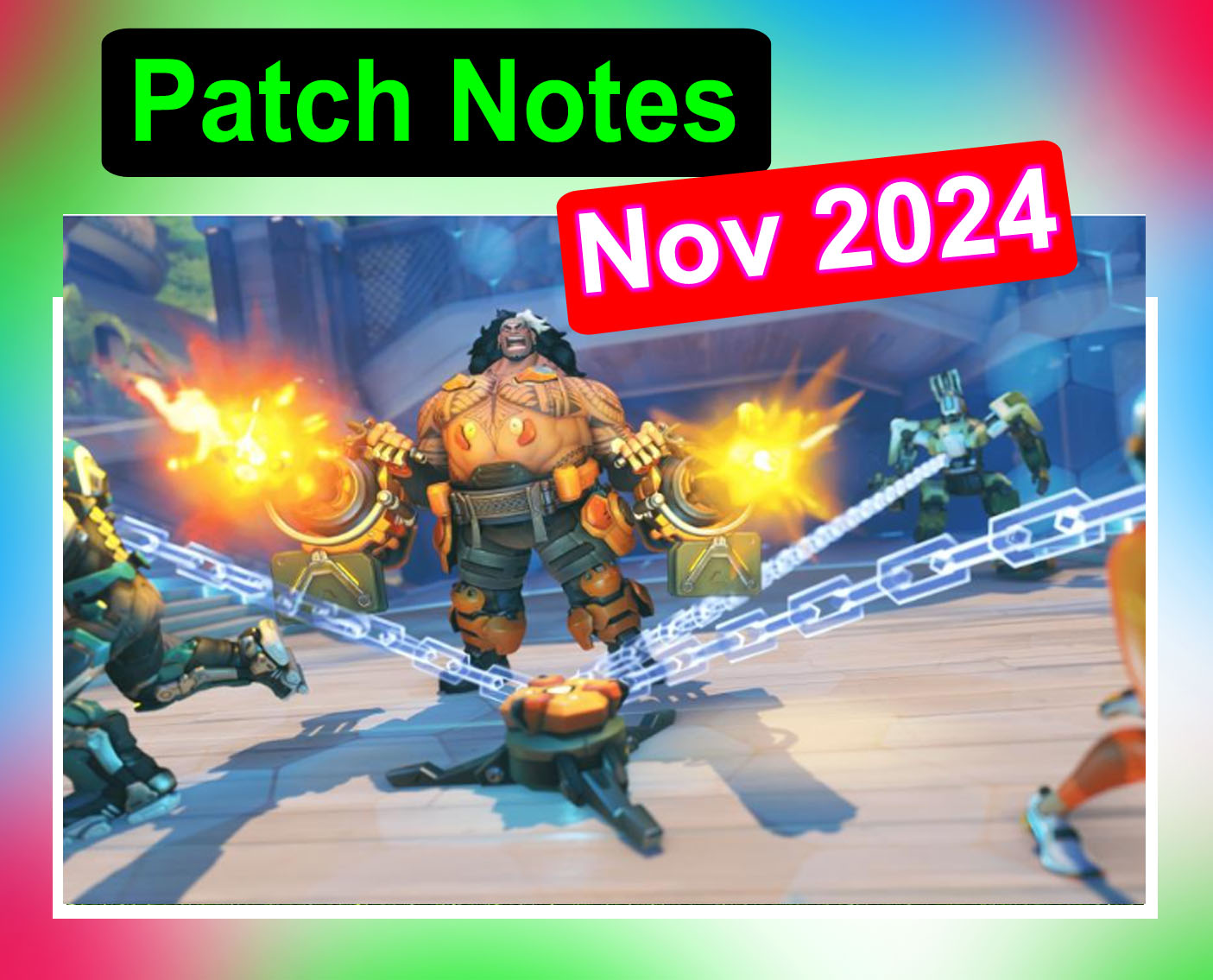Numbots Game: A Complete UK Guide for Parents, Teachers and Pupils

The Numbots game has become one of the most widely used maths-learning tools in UK primary schools, helping children build strong number skills from Reception to Key Stage 2. When parents search for the numbots game online, they’re usually looking for how it works, how pupils log in, whether it’s free, what levels it includes, and how to help children progress. This complete guide covers everything UK users search for on Bing, written in clear, natural English for families, teachers and pupils who want to get the most out of Numbots.
What Is the Numbots Game?
The Numbots game is an educational maths platform created by the team behind Times Tables Rock Stars (TTRS). While TTRS focuses on multiplication and division fluency, Numbots is all about early number understanding—addition, subtraction, place value and general number sense.
It is used across thousands of primary schools in England, Scotland, Wales and Northern Ireland, making it one of the most popular numeracy tools in the UK.
What Makes the Numbots Game So Popular in the UK?
✔ Curriculum-Aligned Learning
The game matches the UK National Curriculum for early years and primary maths.
✔ School-First Access
Most UK pupils receive login details from their school.
✔ Designed for Ages 4–8
Perfect for Reception to Year 3, but older children can use it for support and confidence-building.
✔ Engaging Robot Characters
Children love collecting robot parts, upgrades and rewards as they progress.
✔ Works on All Devices
Desktops, laptops, Chromebooks, iPads, Android tablets and smartphones.
✔ Helps Build Confidence in Maths
The game turns learning into a gentle adventure, reducing anxiety around numbers.
How the Numbots Game Works
The numbots game has two main modes that support each other: Story Mode and Challenge Mode.
1. Story Mode (The Learning Path)
This is where children gradually learn key number concepts in a structured, step-by-step way.
- Each stage has a series of levels
- New skills are introduced slowly
- The focus is on understanding
- Pupils earn stars for correct answers
- Levels unlock only when a child is ready
This approach makes Story Mode ideal for younger learners who need a strong grounding in addition and subtraction.
2. Challenge Mode (Fluency and Speed)
Challenge Mode emphasises fluent, accurate mental calculation. Children replay sets of questions to improve:
- Speed
- Recall
- Confidence
- Understanding of number bonds
- Knowledge of doubles, halves and bridging
This mode is popular for short daily practice sessions.
Skills Covered in the Numbots Game
The game targets the core building blocks of primary numeracy:
- Counting and combining
- Number bonds to 10, 20 and 100
- Adding and subtracting single digits
- Simple multi-step problems
- Place value
- Bridging through 10
- Comparing quantities
- Doubling and halving
- Understanding the value of digits
- Mental recall strategies
Teachers across the UK praise the numbots game for building solid fluency and confidence before moving on to Times Tables Rock Stars.
How to Play the Numbots Game (UK Guide)
Parents often wonder how to get started. Here’s the step-by-step guide:
Step 1: Go to the Numbots Website or App
You can access the game through:
- Web browser (Chrome, Edge, Safari)
- App Store (iOS)
- Google Play Store (Android)
Step 2: Enter the School Login
Most UK pupils receive:
- A school name
- A username
- A password
provided by their teacher.
If you are a parent without school access, home packages are available directly from the Numbots website.
Step 3: Choose Story Mode or Challenge Mode
Beginners should always start with Story Mode.
Challenge Mode is excellent for fluency once basics are secure.
Step 4: Play Missions and Earn Stars
Pupils progress by completing missions and earning stars. More stars unlock new robot parts and upgrades.
Step 5: Track Progress
Teachers and parents can view:
- Accuracy
- Time spent
- Areas of strength
- Topics needing support
The reports make it easy to understand a child’s progress week by week.
Tips for Getting Better at the Numbots Game
These tips are based on what teachers frequently recommend and what parents search for:
✔ Short, Regular Practice Works Best
10–15 minutes daily is more effective than long sessions once a week.
✔ Focus on Accuracy Before Speed
Understanding comes first; speed will follow naturally.
✔ Repeat Levels to Build Confidence
Revisiting earlier missions helps create strong number foundations.
✔ Play in a Quiet Environment
Young pupils concentrate better without distractions.
✔ Celebrate Milestones
Robot upgrades and unlocked levels are great motivation.
Benefits of Using the Numbots Game for UK Pupils
1. Supports the UK Primary Curriculum
Covers essential number topics for Reception to Year 3.
2. Builds Mental Fluency
Children gain automatic recall of number facts.
3. Encourages Independent Learning
Pupils can progress at their own pace.
4. Boosts Confidence
Success within the game makes maths feel less intimidating.
5. Perfect for Home or Classroom Use
The platform is flexible and works anywhere.
Numbots Game Levels Explained
While the game’s design is simple and child-friendly, it includes structured progression:
- Rust levels
- Iron levels
- Steel levels
- Alloy levels
- Brass levels
- Bronze levels
- Silver levels
- Gold levels
Each group introduces slightly more challenging number concepts.
Is the Numbots Game Free to Use in the UK?
School Access
Most primary schools hold a subscription. Pupils log in for free while the school’s subscription is active.
Home Access
Parents can purchase an affordable subscription for home use if their school does not provide access.
Common Problems UK Users Search For (and Fixes)
1. “Numbots Login Not Working”
Try these steps:
- Check for typing errors
- Make sure the correct school name is used
- Ask the teacher if the password was updated
- Try a different browser
2. “Numbots Game Not Loading”
Most often caused by browser issues:
- Update Chrome or Edge
- Clear cache
- Restart your device
- Try a different internet connection
3. “Numbots App Crashing”
On tablets or phones:
- Fully close the app
- Restart the device
- Update the app
- Reinstall if needed
Numbots Game: UK-Focused Q&A
Below are the most commonly searched questions about the numbots game in the UK.
Q1. What age is Numbots suitable for?
It is mainly designed for ages 4–8 (Reception to Year 3), but older pupils can use it for catch-up or confidence building.
Q2. Is Numbots part of Times Tables Rock Stars?
Yes. It is created by the same team, but it focuses on addition and subtraction rather than multiplication.
Q3. How many levels are in the Numbots game?
There are dozens of levels organised across multiple stages from Rust to Gold. Story Mode progresses step-by-step.
Q4. How long should my child play each day?
Teachers recommend around 10 minutes a day, five days a week.
Q5. Can you use Numbots at home without school access?
Yes, parents can buy a home subscription.
Q6. Does Numbots follow the UK curriculum?
Yes, it is closely aligned with numeracy expectations for early primary education.
Q7. Why is my child stuck on a level?
The game requires accuracy to unlock new levels. Revisit earlier levels if needed.
Q8. Is the Numbots game safe to use?
Completely safe. It is ad-free, child-friendly and widely used in UK primary schools.
The numbots game is one of the most effective and enjoyable ways for UK children to build strong number skills from an early age. Whether you’re a parent helping at home or a teacher guiding pupils through the curriculum, Numbots provides a fun, structured and rewarding way to develop confidence in maths. With short daily practice, pupils can make impressive progress and build the foundations they need before moving on to more advanced topics like multiplication, division and problem-solving.





